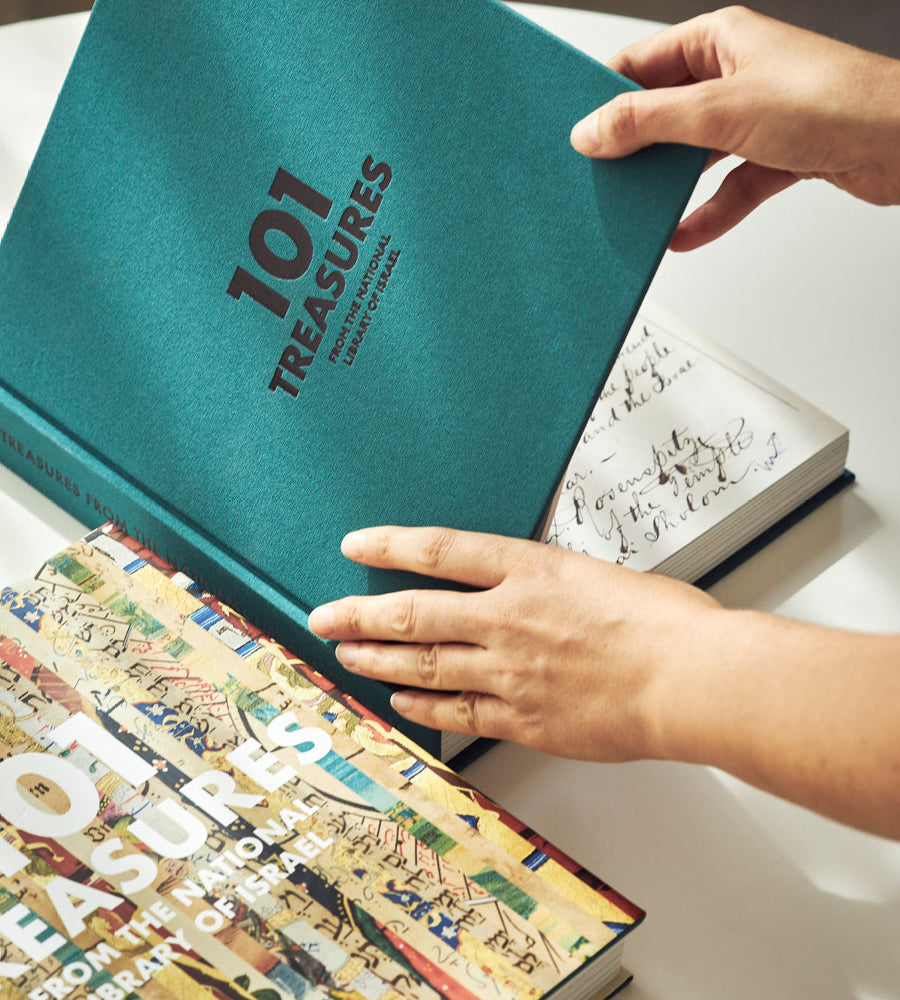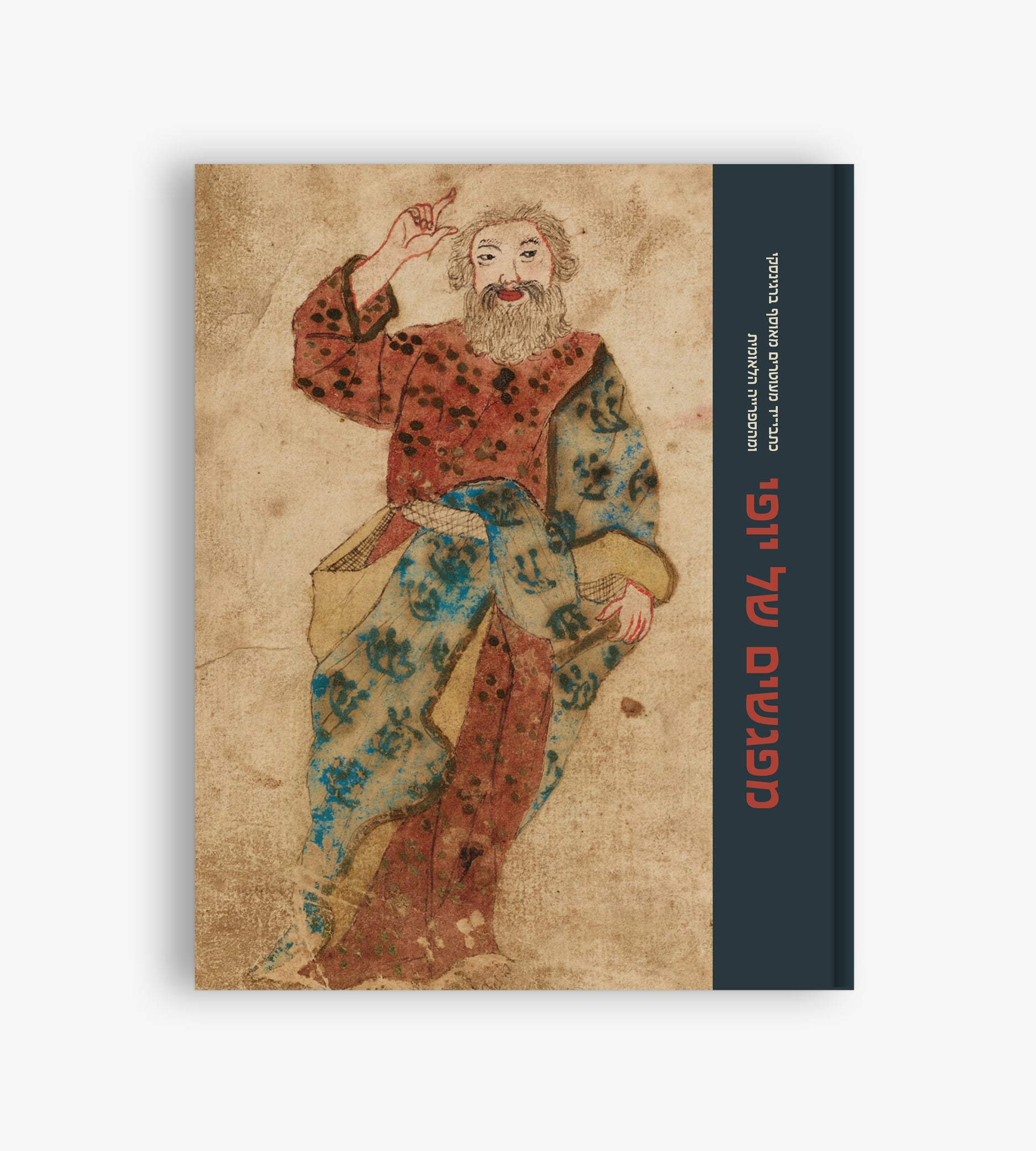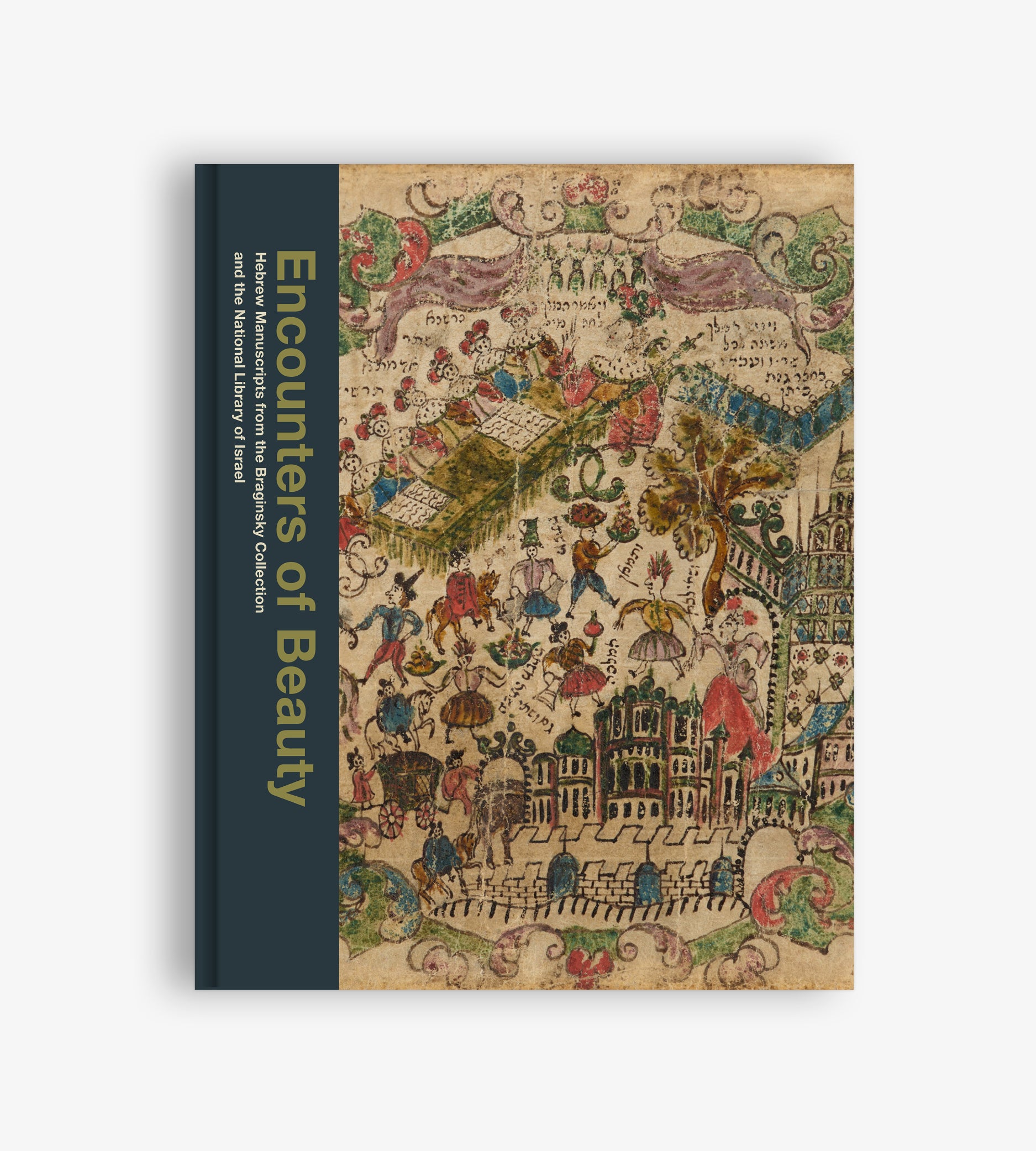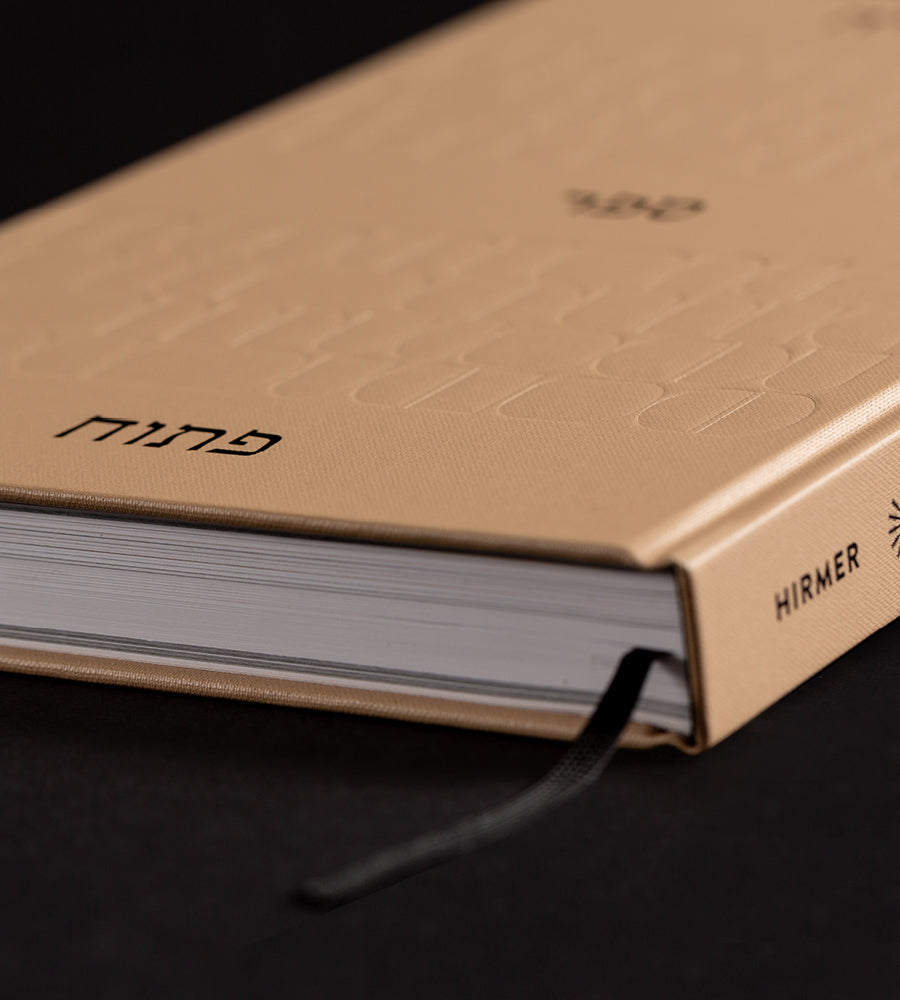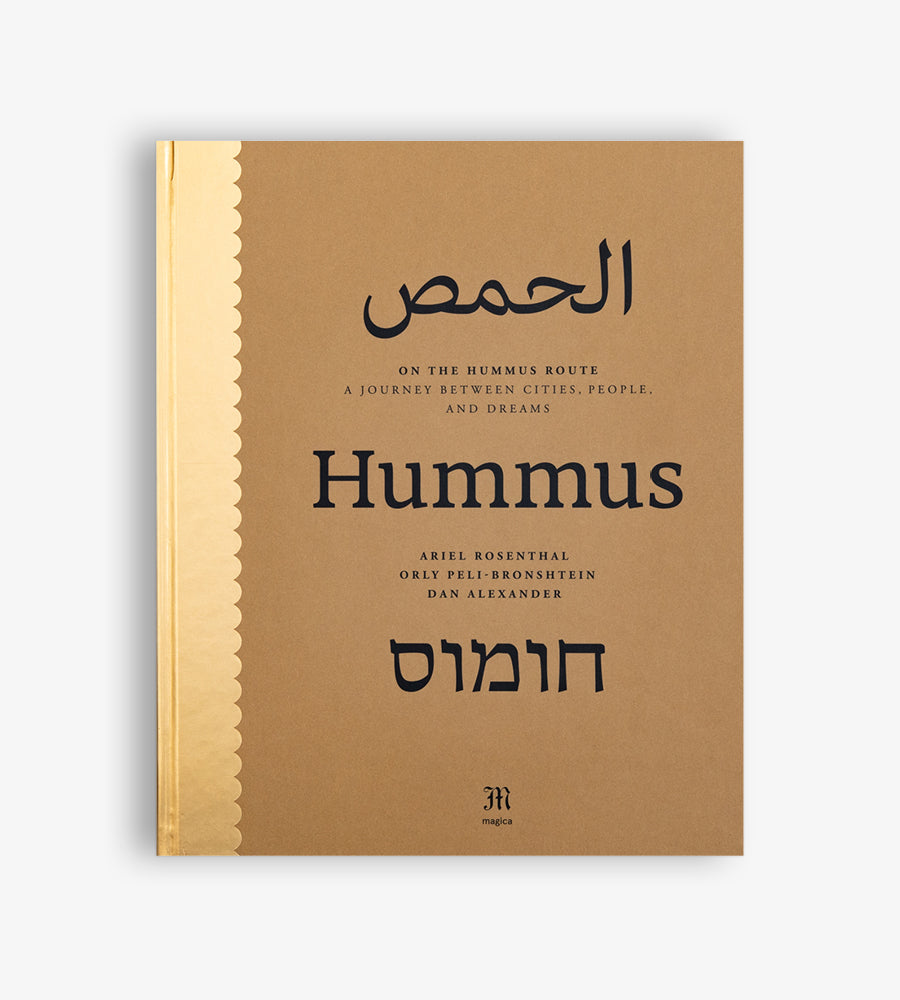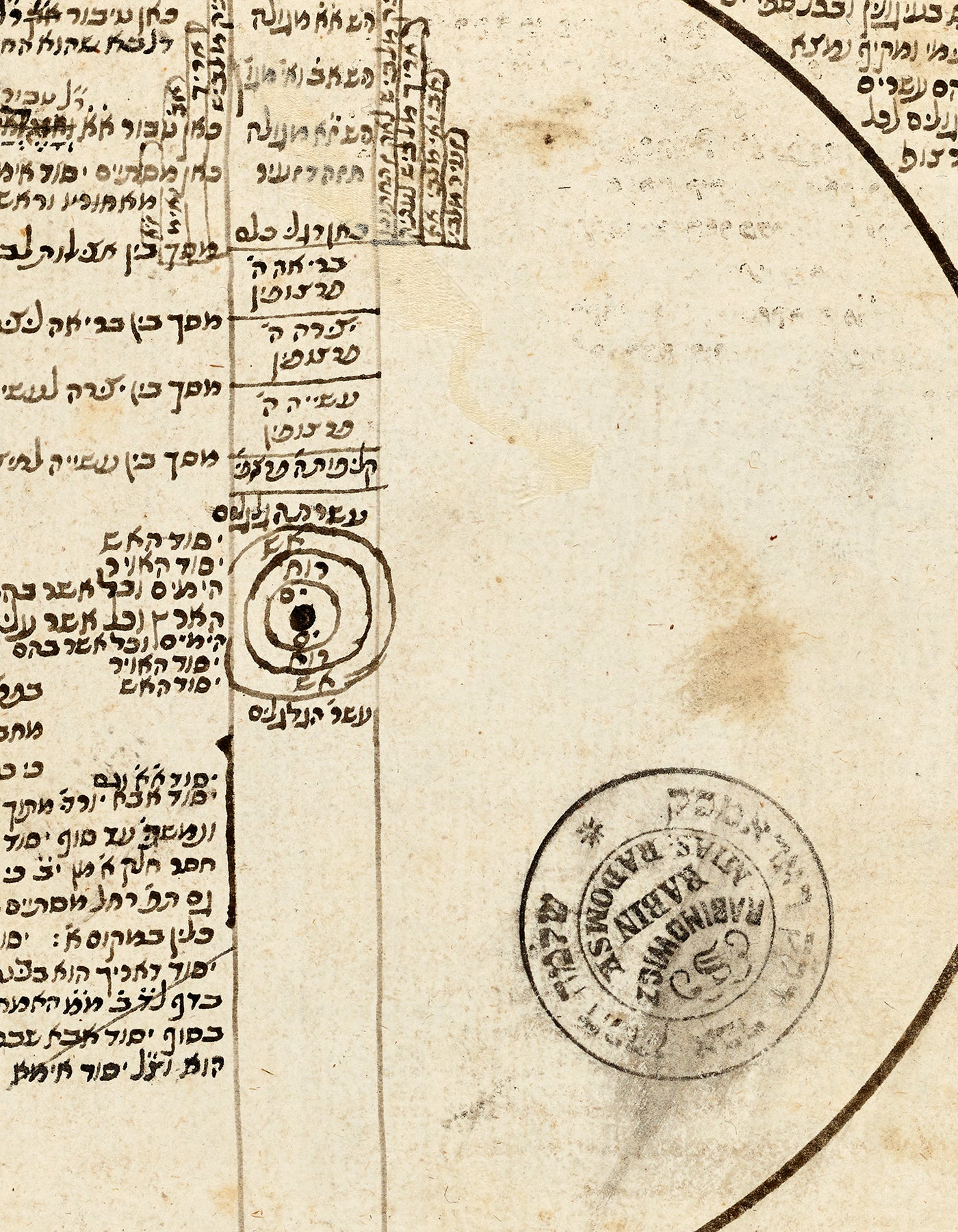
Gathering the Shards of Lurianic Kabbalah
Zvi Leshem

In the mid-sixteenth century, the sleepy Galilean town of Safed became home to some of the most creative mystical speculation in Jewish history. A circle of the greatest Kabbalists articulated a new mystical mythos. At the center of this mystical society stood Rabbi Isaac Luria, known as the Holy Ari (1534–72).
In his mere two and a half years in Safed before his untimely death, Luria spun the mythical tale of creation and created new Kabbalistic rituals that were to change Judaism forever. He did not record his teachings; this task fell to his leading student, Rabbi Haim Vital, who compiled The Writings of the Ari, a multi-volume work that includes a summary of Luria’s cosmological system entitled The Brief Order of Emanation (Kitzur Seder Ha-Atzilut).
However, the fact that the thought of the most important early modern Kabbalist survived only through the writings of his student left the door open to questions about the writings’ accuracy. A key critic was Rabbi Menahem di Lonzano (1550–1626), an Italian scholar from Pisa who arrived in the Land of Israel in 1609 and insisted that Vital had misunderstood some important aspects of Luria’s thought. Di Lonzano’s own handwritten copy of The Brief Order of Emanation represents one of the most important copies of Vital’s summary while also identifying key disputes regarding the true meaning of Luria’s Kabbalah. It has been claimed that di Lonzano did more than just copy this long manuscript. He also made changes, meaning that his work actually constitutes copying blended with editing. In his marginal notes, di Lonzano occasionally disagrees with Vital, whom he criticized for not always faithfully conveying Luria’s system. The manuscript testifies to the critical role of students in transmitting — and sometimes changing — the ideas of their teachers.



